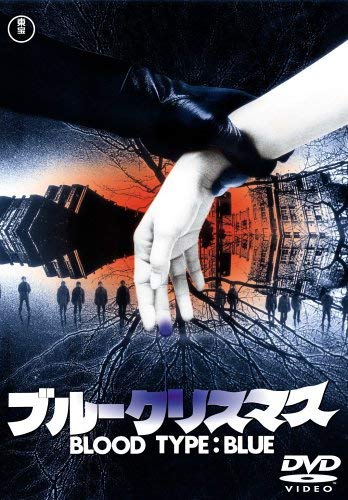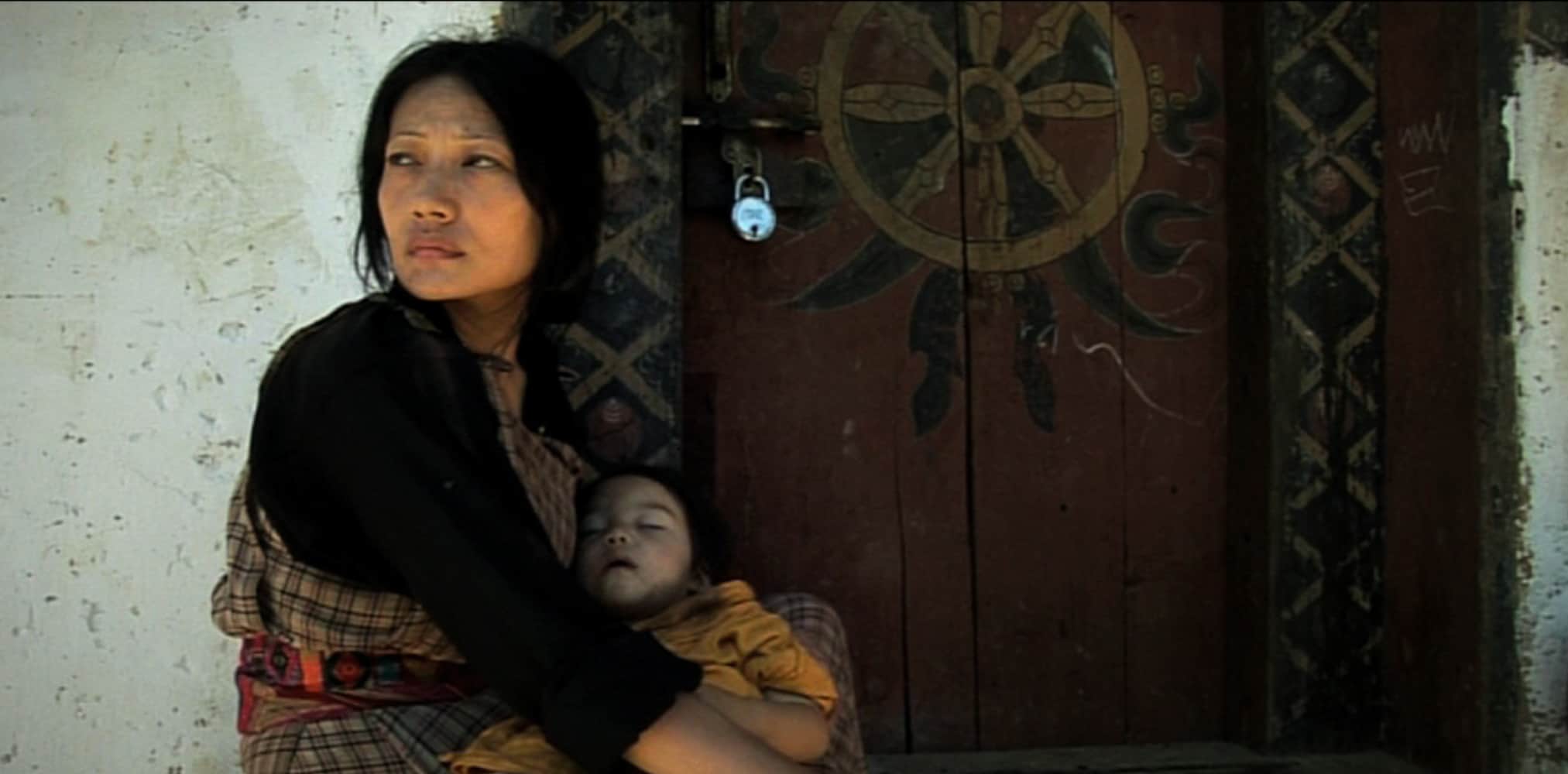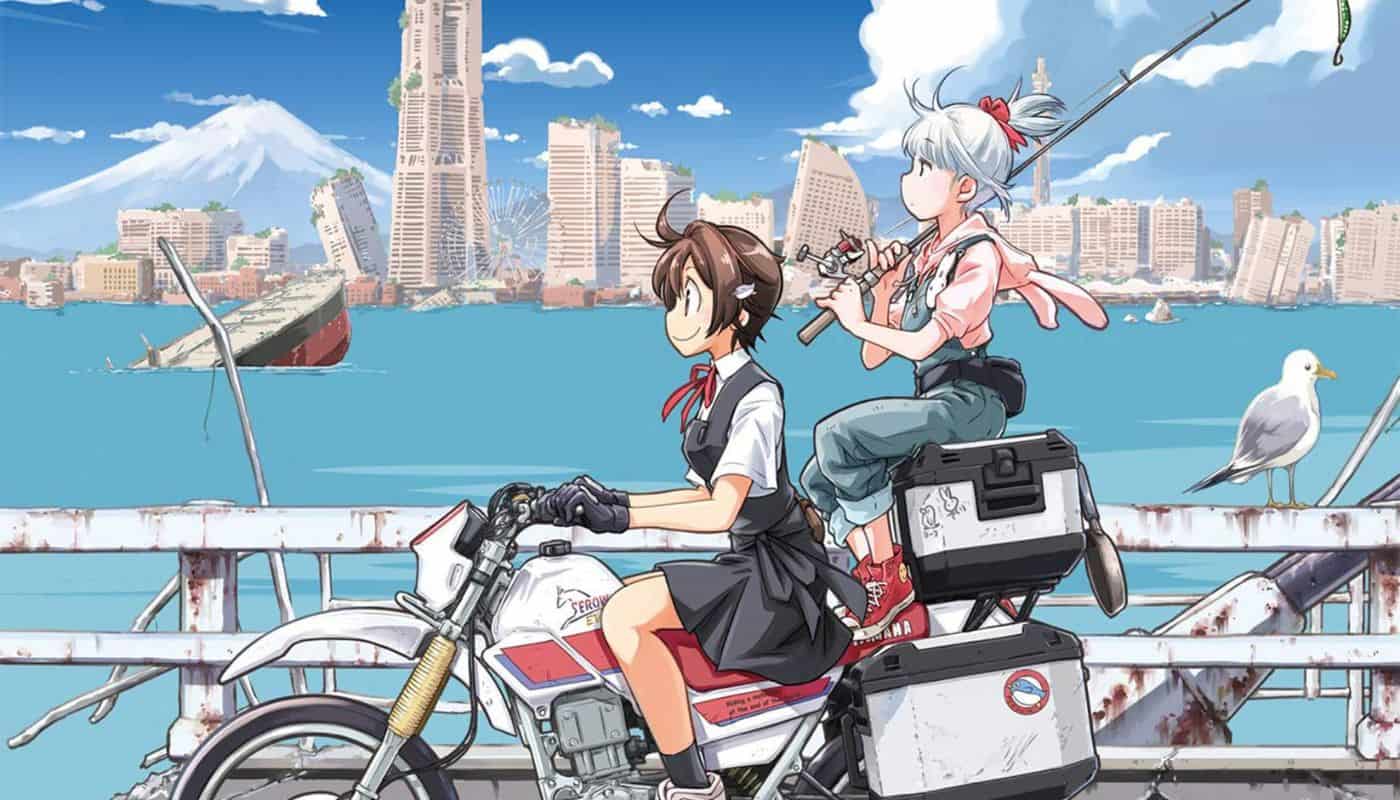“Blue Christmas,” also known as “Blood Type: Blue,” is an underrated gem. Conceived when tokusatsu had phased out in popularity and American blockbusters like George Lucas's “Star Wars” were the craze, Toho aimed to make a picture light on special effects and more centered on allegory. The premise is based on the story “UFO Blue Christmas” by So Kuramoto, who was recruited as the screenwriter. Okamoto was chosen to direct, and despite his dislike of tokusatsu media, he was no stranger to social commentary throughout his filmography. Hence, he was a fitting choice. The creative liberties resulted in a sci-fi feature that explores societal prejudice with the juxtaposition of Christmas time as a backdrop. While the picture was initially a critical and financial failure upon release, it went on to gain a cult following. Nowadays, the film is more highly received in Japan, though it is still heavily underseen internationally. Hideaki Anno notably hails it as a personal favorite and cites the movie as a major influence on his work.
UFOs begin appearing worldwide, which turns the blood of people who come in contact with them blue. This perplexing reality creates a new race whose body fluid is this color. What follows is overwhelming social discrimination against these blue-blooded individuals, further amplified by governmental corruption. It escalates to debate if they should even be considered human or viewed as aliens whose differences pose a threat to society. Attempts are made to combat this overwhelming prejudice, including peace movements advocating for equality. Throughout all this, the narrative follows different perspectives. National Defense Agency member Taisuke Oki finds himself torn on the issue. At the same time, a kind, warm-hearted barber and Oki's love interest, Saeko Nishida, sympathizes with the struggles of these minorities. National broadcaster news staff member Kazuya Minami studies and reports on the phenomenon while gradually learning about the ongoing conspiracies. Eventually, as Christmas time approaches, cold politicians and armed forces conspire to strip blue-blooded people of their human rights.
For a Christmas tokusatsu film, this is quite epic in scope, not in the sense of special effects galore or vast battle sequences, but rather how it functions as a political thriller that happens to have science fiction elements. While the story's primary setting is Japan, the entire world is encompassed since the blue-blood phenomenon is happening worldwide while dealing with governmental discussions concerning human rights. Beyond a strong screenplay and tight direction, helping add believability to what transpires in the movie are the various location shootings and a sizable amount of extras. Considering this picture was made on a budget significantly smaller than that of an American blockbuster, it's impressive how big this movie feels with its portrayal of a global sensation.
Check also this interview
Beyond scope, allegory is the film's central narrative propeller. Kihachi Okamoto seeks to entertain viewers with international government conspiracy and heavy human drama and raise awareness of serious issues relevant to Japan and the rest of the world. Despite the inclusion of UFOs, “Blue Christmas” isn't a movie about aliens but one that tackles discrimination and the various forms it takes, including racism, xenophobia, and fascism. This thematic crux also plays into critiquing political corruption and how it exacerbates hateful mindsets within society and leads to dehumanization. Furthermore, these injustices can escalate to violence, directly demonstrated in the movie's devastating final act. The prejudice and eventual violence against blue-blooded people blatantly allude to the Nazism imposed by the Third Reich during World War II when the Holocaust transpired, which is even directly acknowledged and mentioned throughout the film.
Through this fictional depiction of history repeating itself, Kihachi Okamoto's message encourages equality and valuing human rights, showing how humanity must come together and accept each other for who they are, as prejudice will only push people further apart and alienate one another. How Christmas is incorporated into the story directly ties into the themes and message of the movie. The yearly festive holiday celebrates life, promotes love, and encourages people to unite. Yet, this happiness cannot be obtained if humanity devolves into dehumanization. Hence, the word “blue” in the feature's title emphasizes the blood color and the sadness invoked through the somber tone that Okamoto creates.
As bleak as the film gets, Okamoto occasionally integrates his humorous side. An example includes the fictional rock band featured in the movie known as “The Humanoids,” a satirical play on the popular music groups of the time, such as the Beatles. One of the musicians' hit songs is humorously titled “Blue Christmas.” Thankfully, these bits with comedic undertones don't create jarring tonal whiplashes, as there's a natural progression into the film's darker elements.
The film's characters feel like real people experiencing this phenomenon, which helps the audience resonate more with the drama. What further sells this are the performances. “Blue Christmas” boasts an all-star cast of recognizable actors, who all do a commendable job in their roles. Hiroshi Katsuno nails the turmoil Taisuke Oki experiences regarding his perception of the growing blue-blood population while sustaining his devotion to National Defense, which eventually takes a grim turn for the worst when a shocking twist is unveiled. Keiko Takeshita brings a warmth and loving nature to Saeko Nishida, who maintains her compassion for all even when surrounded by growing somberness. The eventual romance between her and Katsuno is effectively poignant. Tatsuya Nakadai makes Kazuya Minami's journey in following the blue-blood sensation all the more engaging. The audience can feel his frustration searching for answers and his shock and despair when the truths come to light.
As a tokusatsu feature, “Blue Christmas” is light on special effects but still rather well-made.Okamoto's fast-paced editing intensifies the overall experience, especially in the violent finale. Daisaku Kimura's impressive cinematography invokes a documentary-style feel while emphasizing the characters' emotions. Further enhancing the camerawork is the use of lighting, color, and Christmas imagery, showing what's meant to be a time of celebrating life and spreading love about to crumble into pure tragedy. The music score by Masaru Sato balances being eerie, beautiful, and haunting, and the way classic Christmas music is utilized helps heighten the devastation. It's also worth noting that the film's title references the song “Blue Christmas” by Elvis Presley, fitting as that tune emphasizes the positivity of the yearly holiday.
“Blue Christmas” is a terrific film and deserves wider international recognition. While subdued with its tokusatsu spectacle, Kihachi Okamoto's technical mastery and powerful social commentary still shine. The movie's incorporation of Christmas to coincide with its dark themes is effectively executed although it could have easily felt forced. Yet, strong direction and writing hold everything together in this haunting picture that warns of the alienation that results from discrimination and hate-driven violence.
















